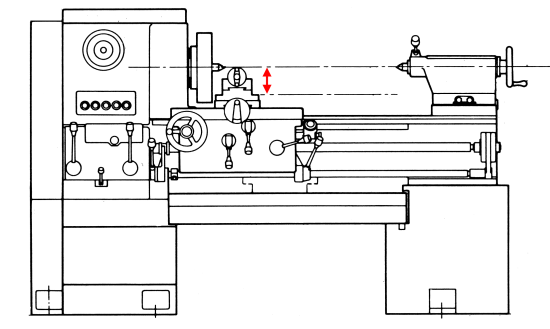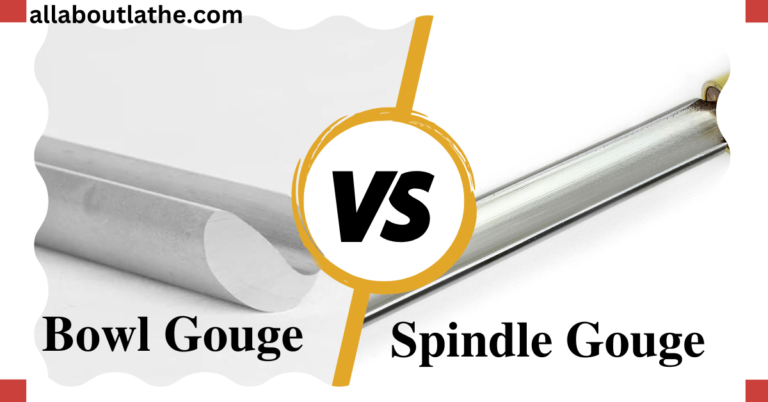Mastering the Art of Boring on a Lathe: A Beginner’s Guide to Using a Boring Bar
Mastering the Art of Boring on a Lathe: A Beginner’s Guide to Using a Boring Bar

Ah, the lathe—a machinist’s best friend. If you’ve spent some time with this versatile tool, you know that it can do a lot more than just turning. One of the essential operations you’ll encounter is boring. Now, don’t let the name fool you; there’s nothing “boring” about it. In fact, it’s a fascinating process that requires a good deal of skill and attention to detail.
Whether you’re a hobbyist or a professional, knowing how to use a boring bar on a lathe is crucial for achieving that perfect hole size with tight tolerances. So, let’s dive into the nitty-gritty of using a boring bar like a pro.
1. Selecting the Right Boring Bar
Before you even touch that lathe, you’ve got to pick the right tool for the job. Think of it as choosing a dance partner; you want someone who can keep up with you and make you look good.
Types of Boring Bars
- High-Speed Steel (HSS): This is your reliable, old-school option. It’s like the childhood friend who’s always there for you. HSS is cheaper and can be easily re-sharpened. It’s a great choice for beginners and for less demanding tasks.
- Brazed Carbide Boring Bar: Imagine this as the high-performance sports car of boring bars. It cuts faster and can handle more heat, but it’s a bit high-maintenance. Once the cutting edge wears out, regrinding can be a hassle.
- Indexable Carbide Boring Bar: This is the versatile, all-rounder friend who’s good at everything. It offers a better surface finish and more accurate bore size. Plus, you can replace the cutting edge, making it a long-term investment.
Pro Tip:
Stiffness is your best friend in the boring process. Opt for a boring bar with the largest diameter and shortest extension length to get that much-needed rigidity.
2. Measuring Your Boring Bar
Once you’ve picked your partner, it’s time to measure up. You wouldn’t wear shoes that don’t fit, right? The same goes for your boring bar.
Tools for Measurement
- Dial or Digital Calipers
- Small Hole Gage
- Gage Pins
- Bore Gages
- Telescoping Gages
Take your time with this step. A small mistake here can lead to a big problem later on.
3. Setting Up the Bar
Ah, the setup—the prelude to the dance. Here’s where you set the stage for a flawless performance.
Orientation
Boring bars usually don’t have alignment flats, so you’ll need to align the cutting edge parallel to the XZ plane of the lathe manually. You’ve got three options here: negative rake, neutral, and positive rake. If you’re new to this, stick with neutral; it’s the safest bet.
Height
Get the height just right. Too high or too low, and you’ll end up with a mess. Aim for a height that’s as close to the vertical spindle centerline as possible. Trust me, you don’t want to learn this the hard way.
4. Choosing the Cutting Parameters
Now, let’s talk about the rhythm of the dance—the speed, the depth, and the flow.
Cutting Speed
For boring bars, aim for a cutting speed that’s about half of the computed value for your material. If your tool can handle it, feel free to push the envelope a bit.
Depth of Cut
The depth of cut is crucial. Aim for twice the corner radius as a safe maximum. For most materials, a depth of 0.1-0.2 mm is a good starting point.
Feed Rate
Keep the feed rate at one-quarter of the corner radius for best results.
If Your Lathe is not helping you achieve results or chattering, checkout our guide on Lathe Chatter Causes, Symptoms, Troubleshoot & Solution
Conclusion
Boring on a lathe is like an intricate dance. It requires the right partner, the right setup, and the right moves. But once you get the hang of it, it’s a beautiful thing to behold. So, take your time, pay attention to the details, and may your holes always be perfectly round and to size.
Happy machining!
Hi, my name is Charles Winn, A DIY enthusiast, Mechanical Engineer. I was born and raised in Springfield, Missouri. I am also a father of two troublemaker kids, a terrible photographer, and I love to play chess.







